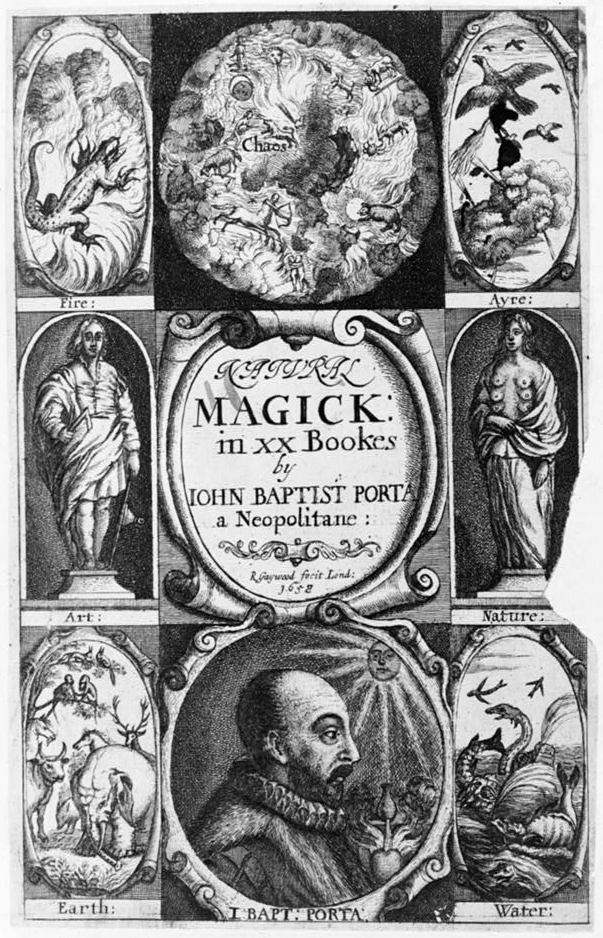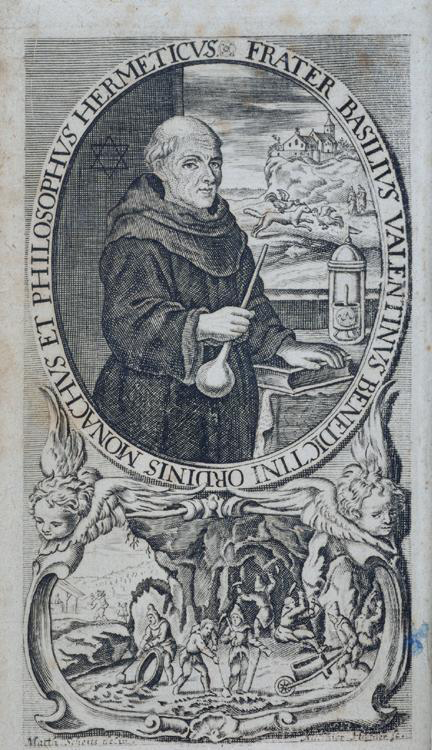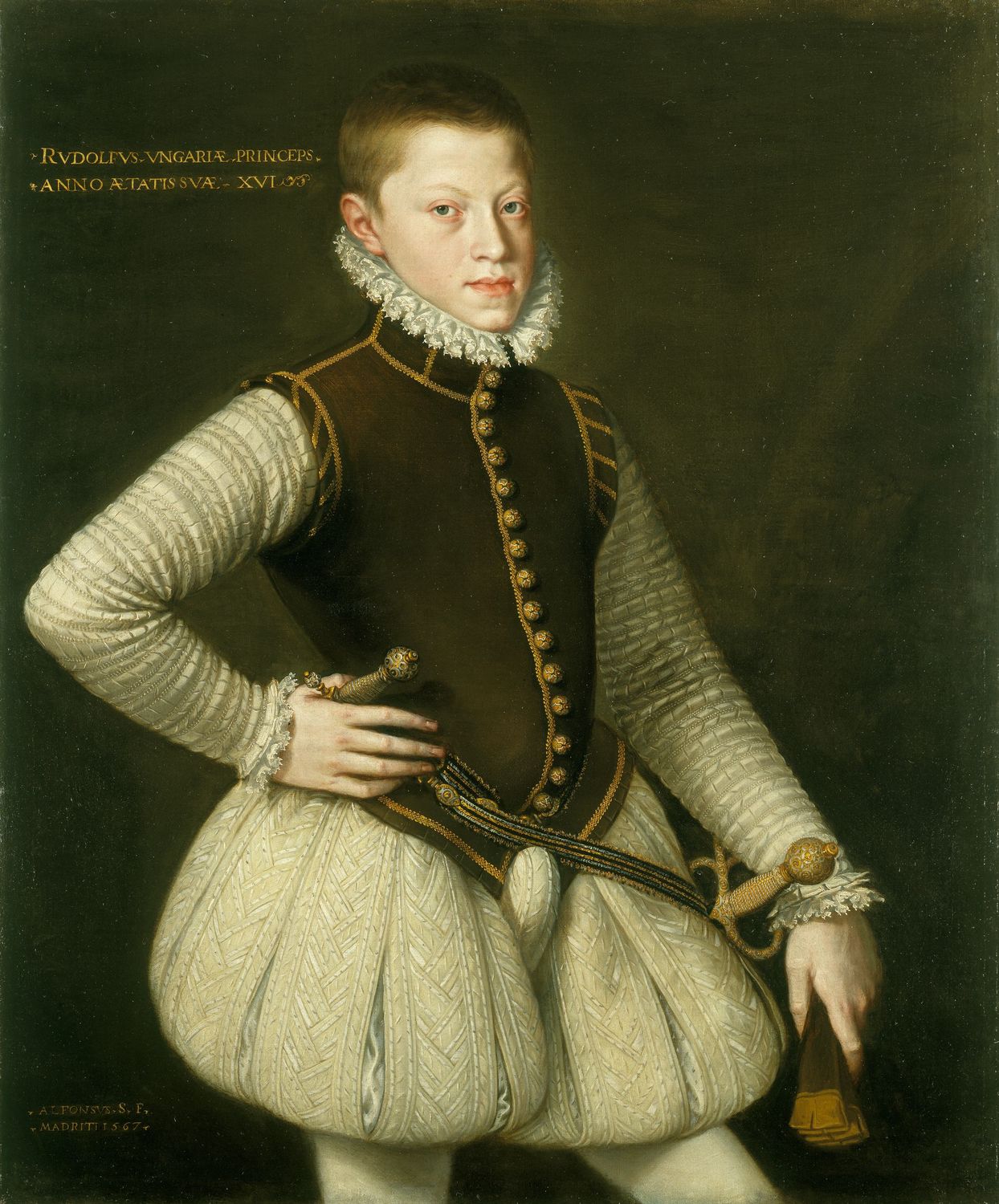|
Henricus Künraht
Heinrich Khunrath (c. 1560 – 9 September 1605), or Dr. Henricus Khunrath as he was also called, was a German physician, hermetic philosopher, and alchemist. Frances Yates considered him to be a link between the philosophy of John Dee and Rosicrucianism. His name, in the spelling "Henricus Künraht" was used as a pseudonym for the 1670 publisher of the '' Tractatus Theologico-Politicus'' of Baruch Spinoza. Life and education Khunrath was born in Dresden, Saxony, the son of the merchant Sebastian Kunrat and his wife Anna in the year 1560. He was the younger brother of the Leipzig physician Conrad Khunrath. In the winter of 1570, he may have enrolled at the University of Leipzig under the name of Henricus Conrad Lips. The uncertainties surrounding his life stem from his supposed use of multiple names. It is certain that in May 1588, he matriculated at the University of Basel, Switzerland, earning his '' Medicinæ Doctor'' degree on 3 September 1588, after a defense of ... [...More Info...] [...Related Items...] OR: [Wikipedia] [Google] [Baidu] |
Dresden
Dresden (; ; Upper Saxon German, Upper Saxon: ''Dräsdn''; , ) is the capital city of the States of Germany, German state of Saxony and its second most populous city after Leipzig. It is the List of cities in Germany by population, 12th most populous city of Germany, the fourth largest by area (after Berlin, Hamburg, and Cologne), and the third-most populous city in the area of former East Germany, after Berlin and Leipzig. Dresden's urban area comprises the towns of Freital, Pirna, Radebeul, Meissen, Coswig, Saxony, Coswig, Radeberg, and Heidenau and has around 790,000 inhabitants. The Dresden metropolitan area has approximately 1.34 million inhabitants. Dresden is the second largest city on the River Elbe after Hamburg. Most of the city's population lives in the Dresden Basin, Elbe Valley, but a large, albeit very sparsely populated, area of the city east of the Elbe lies in the West Lusatian Hill Country and Uplands (the westernmost part of the Sudetes) and thus in Lusatia. ... [...More Info...] [...Related Items...] OR: [Wikipedia] [Google] [Baidu] |
Hamburg
Hamburg (, ; ), officially the Free and Hanseatic City of Hamburg,. is the List of cities in Germany by population, second-largest city in Germany after Berlin and List of cities in the European Union by population within city limits, 7th-largest in the European Union with a population of over 1.9 million. The Hamburg Metropolitan Region has a population of over 5.1 million and is the List of EU metropolitan areas by GDP, eighth-largest metropolitan region by GDP in the European Union. At the southern tip of the Jutland Peninsula, Hamburg stands on the branching River Elbe at the head of a estuary to the North Sea, on the mouth of the Alster and Bille (Elbe), Bille. Hamburg is one of Germany's three city-states alongside Berlin and Bremen (state), Bremen, and is surrounded by Schleswig-Holstein to the north and Lower Saxony to the south. The Port of Hamburg is Germany's largest and Europe's List of busiest ports in Europe, third-largest, after Port of Rotterdam, Rotterda ... [...More Info...] [...Related Items...] OR: [Wikipedia] [Google] [Baidu] |
Lutheran
Lutheranism is a major branch of Protestantism that emerged under the work of Martin Luther, the 16th-century German friar and Protestant Reformers, reformer whose efforts to reform the theology and practices of the Catholic Church launched the Reformation in 1517. The Lutheran Churches adhere to the Bible and the Ecumenical Creeds, with Lutheran doctrine being explicated in the Book of Concord. Lutherans hold themselves to be in continuity with the apostolic church and affirm the writings of the Church Fathers and the first four ecumenical councils. The schism between Roman Catholicism and Lutheranism, which was formalized in the Diet of Worms, Edict of Worms of 1521, centered around two points: the proper source of s:Augsburg Confession#Article XXVIII: Of Ecclesiastical Power., authority in the church, often called the formal principle of the Reformation, and the doctrine of s:Augsburg Confession#Article IV: Of Justification., justification, the material principle of Luther ... [...More Info...] [...Related Items...] OR: [Wikipedia] [Google] [Baidu] |
Prima Materia
In alchemy and philosophy, prima materia, materia prima or first matter (for a philosophical exposition refer to: Prime Matter), is the ubiquitous starting material required for the alchemical magnum opus and the creation of the philosopher's stone. It is the primitive formless base of all matter similar to chaos, the quintessence or aether. Esoteric alchemists describe the prima materia using simile, and compare it to concepts like the anima mundi. History The concept of prima materia is sometimes attributed to Aristotle. The earliest roots of the idea can be found in the philosophy of Anaxagoras, who described the nous in relation to chaos. Empedocles' cosmogony is also relevant. When alchemy developed in Greco-Roman Egypt on the foundations of Greek philosophy, it included the concept of prima materia as a central tenet. Mary Anne Atwood uses words attributed to Arnaldus de Villa Nova to describe the role of prima materia in the fundamental theory of alchemy: "That ... [...More Info...] [...Related Items...] OR: [Wikipedia] [Google] [Baidu] |
Natural Magic
' (in English, ''Natural Magic'') is a work of popular science by Giambattista della Porta first published in Naples in 1558. Its popularity ensured it was republished in five Latin editions within ten years, with translations into Italian (1560), French, (1565) Dutch (1566) and English (1658) printed. ''Natural Magic'' was revised and considerably expanded throughout the author's lifetime; its twenty books (Naples 1589) include observations upon geology, optics, medicines, poisons, cooking, metallurgy, magnetism, cosmetics, perfumes, gunpowder, and invisible writing. ''Natural Magic'' is an example of pre- Baconian science. Its sources include the ancient learning of Pliny the Elder and Theophrastus as well as numerous scientific observations made by Della Porta. Author Giambattista della Porta (also known as John Baptist Porta) was born in Vico Equense, Italy, between October 3rd and November 15th, 1535 and was the second of three sons. The Porta family belonged to t ... [...More Info...] [...Related Items...] OR: [Wikipedia] [Google] [Baidu] |
Basilius Valentinus
Basil Valentine is the Anglicised version of the name Basilius Valentinus, ostensibly a 15th-century alchemist, possibly Canon of the Benedictine Priory of Saint Peter in Erfurt, Germany but more likely a pseudonym used by one or several 16th-century German authors. According to John Maxson Stillman, who wrote on the history of chemistry, there is no evidence of such a name on the rolls in Germany or Rome and no mention of this name before 1600. His putative history, like his imaginary portrait, appears to be of later creation than the writings themselves. During the 18th century it was suggested that the author of the works attributed to Basil Valentine was Johann Thölde, a salt manufacturer in Germany who lived roughly 1565–1624. Modern scholarship now suggests that one author was Thölde, but that others were involved. Thölde published the first five books under Valentine's name. Whoever he was, Basil Valentine had considerable knowledge of chemistry. He demonstra ... [...More Info...] [...Related Items...] OR: [Wikipedia] [Google] [Baidu] |
Třeboň
Třeboň (; ) is a spa town in Jindřichův Hradec District in the South Bohemian Region of the Czech Republic. It has about 8,300 inhabitants. The historic town centre with the castle complex is well preserved and is protected as an Cultural monument (Czech Republic)#Monument reservations, urban monument reservation. Administrative division Třeboň consists of eight municipal parts (in brackets population according to the 2021 census): *Třeboň I (361) *Třeboň II (5,712) *Branná (368) *Břilice (814) *Holičky (214) *Nová Hlína (134) *Přeseka (120) *Stará Hlína (228) Etymology The name is derived from the personal name Třeboň (shortened variant of the name Třebohost or Třebomysl). Geography Třeboň is located about southwest of Jindřichův Hradec and east of České Budějovice. It lies in the Třeboň Basin. It is known for its bogs with rich deposits of peat, which led to establishment of peat spa in the town. Třeboň is known for its Fishponds of the Tř ... [...More Info...] [...Related Items...] OR: [Wikipedia] [Google] [Baidu] |
Count Rosemberk
Count (feminine: countess) is a historical title of nobility in certain European countries, varying in relative status, generally of middling rank in the hierarchy of nobility. Pine, L. G. ''Titles: How the King Became His Majesty''. New York: Barnes & Noble, 1992. p. 73. . Especially in earlier medieval periods the term often implied not only a certain status, but also that the ''count'' had specific responsibilities or offices. The etymologically related English term "county" denoted the territories associated with some countships, but not all. The title of ''count'' is typically not used in England or English-speaking countries, and the term ''earl'' is used instead. A female holder of the title is still referred to as a ''countess'', however. Origin of the term The word ''count'' came into English from the French ', itself from Latin '—in its accusative form ''comitem''. It meant "companion" or "attendant", and as a title it indicated that someone was delegated to rep ... [...More Info...] [...Related Items...] OR: [Wikipedia] [Google] [Baidu] |
Edward Kelley
Sir Edward Kelley or Kelly, also known as Edward Talbot (; 1 August 1555 – 1597/8), was an English Renaissance occultist and scryer. He is known for working with John Dee in his magical investigations. Besides the professed ability to see spirits or angels in a "shew-stone" or mirror, which John Dee so valued, Kelley also said that he possessed the secret of transmuting base metals into gold, a goal of alchemy, as well as the philosopher's stone itself. Legends began to surround Kelley shortly after his death. His flamboyant biography, his relationships with Queen Elizabeth I's royal magus Sir John Dee and Emperor Rudolf II, and his repute of having great alchemical skill and the ability to communicate with angels have all led to his relative notoriety among historians. Biography Birth and early career Much of Kelley's early life is obscure. He said he was descended from the family of Ui Maine in Ireland. He was born at Worcester on 1 August 1555, at 4 P.M. according ... [...More Info...] [...Related Items...] OR: [Wikipedia] [Google] [Baidu] |
Rudolf II, Holy Roman Emperor
Rudolf II (18 July 1552 – 20 January 1612) was Holy Roman Emperor (1576–1612), King of Hungary and Kingdom of Croatia (Habsburg), Croatia (as Rudolf I, 1572–1608), King of Bohemia (1575–1608/1611) and Archduke of Austria (1576–1608). He was a member of the House of Habsburg. Rudolf's legacy has traditionally been viewed in three ways:Hotson, 1999. an ineffectual ruler whose mistakes led directly to the Thirty Years' War; a great and influential patron of Northern Mannerism, Northern Mannerist art; and an intellectual devotee of occult arts and learning which helped seed what would be called the Scientific Revolution. Determined to unify Christendom, he initiated the Long Turkish War (1593–1606) with the Ottoman Empire. Exhausted by war, his citizens in Kingdom of Hungary (1526-1867), Hungary revolted in the Bocskai uprising, Bocskai Uprising, which led to more authority being given to his brother Matthias, Holy Roman Emperor, Matthias. Under his reign, there was ... [...More Info...] [...Related Items...] OR: [Wikipedia] [Google] [Baidu] |








